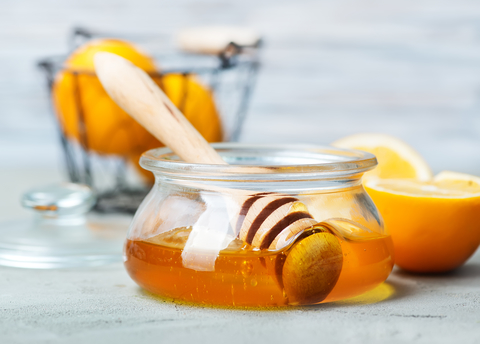
You know that feeling when you wake up, with a rattly throat and every swallow feels like broken glass searing down your gullet? You instantly know you have some sort of a bug or two, or possibly the dreaded Strep throat, caused by the group A streptococcus bacteria. What do you do now?
Although most sore throats are caused by colds and we can treat ourselves at home, if your throat seems to be Strep throat, see a GP. Strep throat is contagious, and children are more at risk. Breathing can be affected and diagnosis requires a throat swab.
For the rest of us, and our gritty sore throat caused by generally being unwell or having a cold, it’s a case of working through the options until we feel better.
Let’s not be shy here. A sore throat can hurt like the devil, and then some, with every mouthful of saliva causing dread to fill our boots, as we know we have to swallow it. In the past, I’ve found myself gargling milk, just for the soothing sensation for a few seconds, and there are some natural remedies we can try at home, to get rid of a sore throat.
I’ve spent several decades listening to the elder women in my family, so I thought it was about time to share their remedies before I forget them.
1 – Salt Water Gargle
This has always been my mother’s go to. Every time I’ve been ill, I used to get the evil eye and pointed towards a glass and salt bottle. Now with her, it wasn’t some scientific salt to water ratio. She just grabbed a pinch, added it to boiled water and let it cool. I have dread memories of the gargle and avoided it like the plague, but that’s not to say it was a daft remedy, as loads of people report that it does indeed work for them. Who am I to argue with that? This is pretty much what we do, usually every couple of hours or so.
Salt Water Gargle Recipe
- Add 1 level teaspoon of salt to a small glass of water.
- Stir until dissolved.
- Gargle the liquid for sixty seconds if possible, or a minimum of 30 seconds.
- Spit out the water once you have finished gargling. Do not swallow.
2 – Honey Toddy 
This one belongs to my grandmother. She’d add a tot of whisky and make it a whisky toddy though. My mum, not liking the taste of alcohol, always preferred it without the tipple added. I’m never quite sure how drinking something that burns on the way down could soothe a sore throat myself.
Ok, for the honey, it is said to help fight infection and help with pain relief, and the sweetness also helps make things taste better. Check with a doctor or nurse before giving to children.
Honey Toddy Recipe
- 100ml water which has been boiled and allowed to cool slightly.
- Add one tablespoon of honey to the water and let it dissolve.
- 1 slice fresh lemon as garnish and drink.
3 – Ginger Root Tea
This is nothing to do with my family, but as a spice with antibacterial and anti-inflmmatory properties, it might help a sore throat. You can buy ginger tea ready made, or you can make it yourself as it’s so easy to do.
Ginger Root Tea Recipe
- Peel a couple of inches of fresh root ginger and add to a pan.
- Top up with a couple of mugs of fresh water.
- Bring to boil and let simmer for 10 – 20 minutes, depending on how strong you like your tea.
- Remove from the heat and add honey and either half a lemon or lime squeezed into the liquid.
- Stir and drink the fluid.
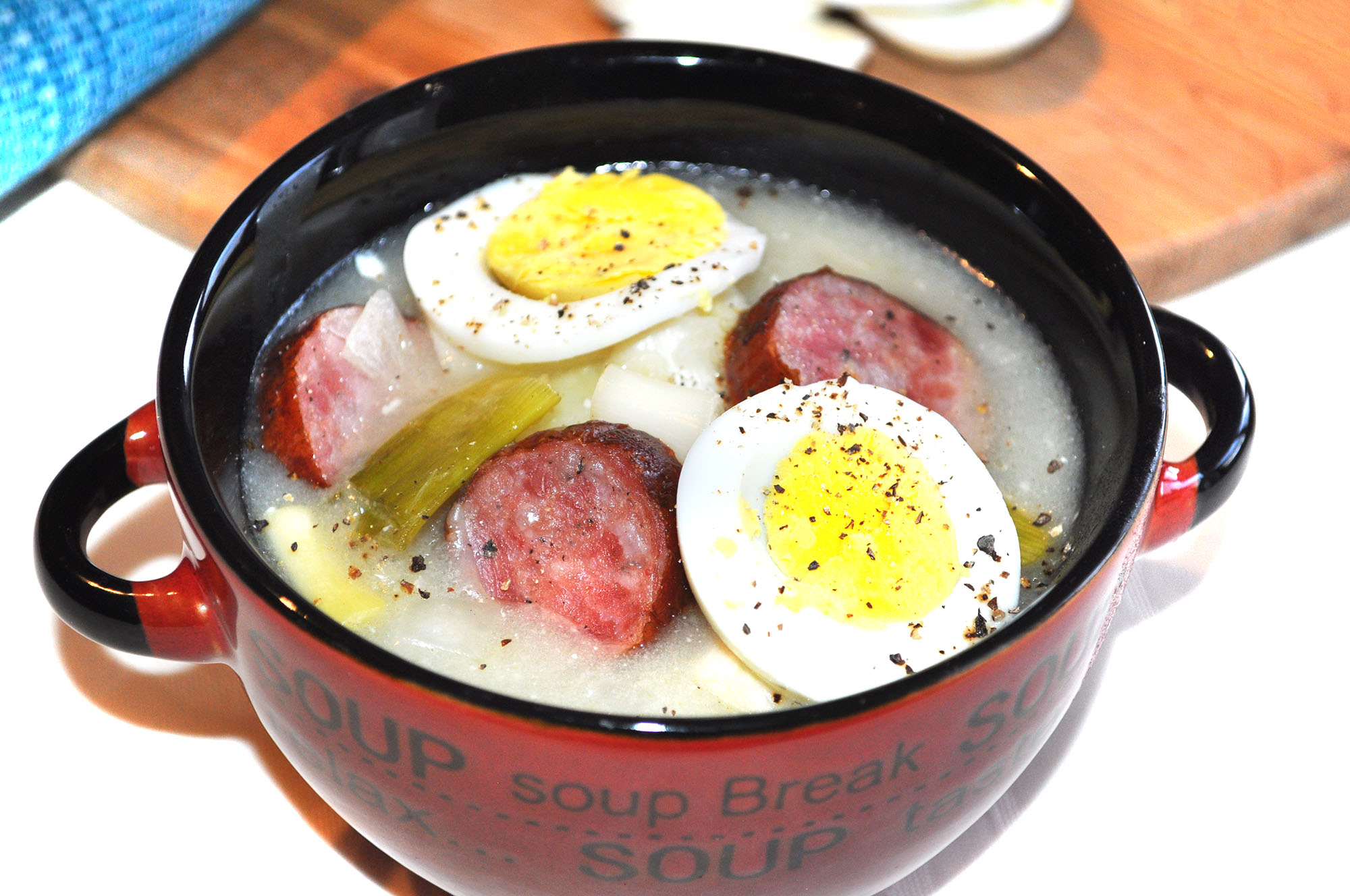

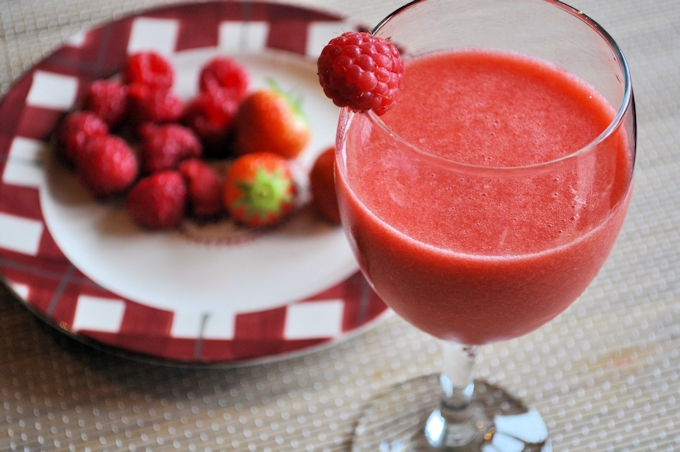
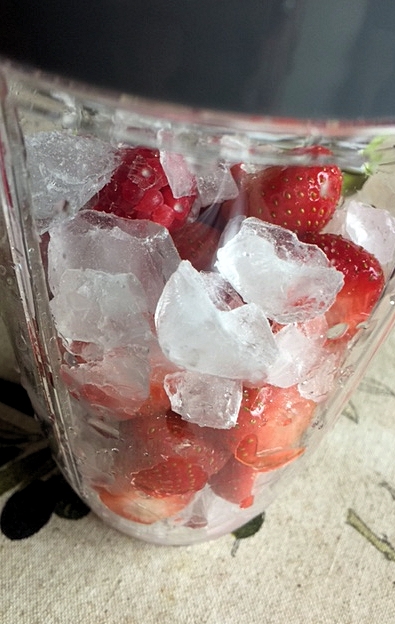

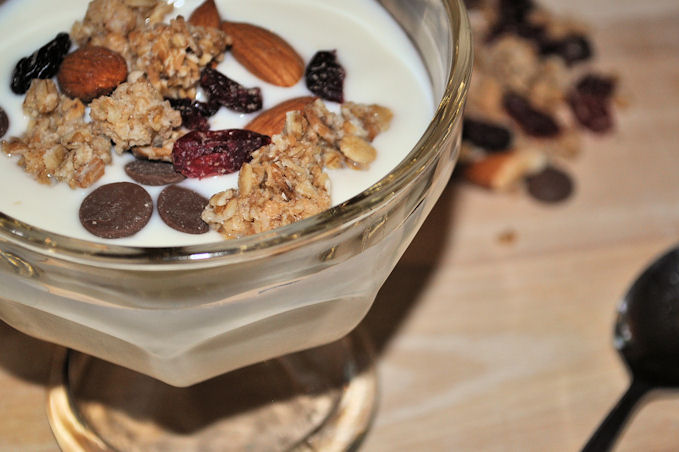




For your dry potato, look for Kerrs Pink, September onwards.
My nana used to say it to me, I’m sure I heard my mam say it too. We were from…
This is the first recipe I've used in my new breadmaker and the family are all loving it!